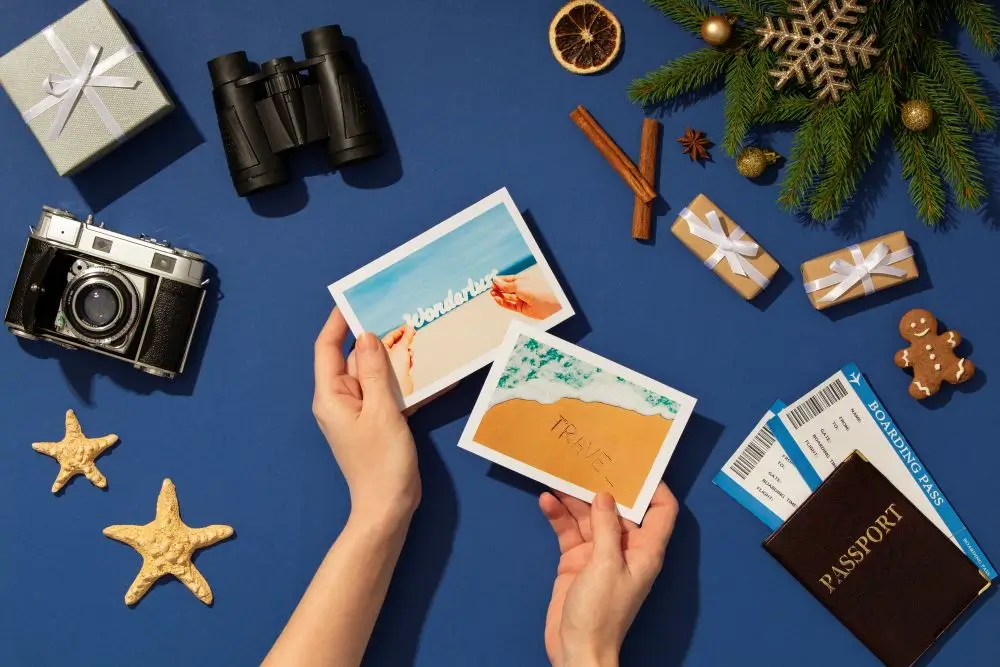
In the age of smartphones and instant messaging, one tradition in Germany stands strong: sending and receiving postcards. For many Germans, postcards are far more than just a piece of paper, they’re a cultural ritual that connects people in a deeply personal way.
A recent survey by Forsa, commissioned by Deutsche Post, reveals that two-thirds of Germans (65%) still treasure receiving holiday greetings by postcard. Nearly 69% of respondents said they find postcards more personal than digital messages like WhatsApp or social media updates.
This preference goes beyond nostalgia. For many, postcards symbolize effort and care, three-quarters of those surveyed said they particularly appreciate that someone took the time to write, select, and send them a physical card from their travels.
In 2024, Deutsche Post delivered around 96 million postcards within Germany and internationally. Most postcards sent to Germany came from neighboring countries like Austria, Italy, Spain, France, and Switzerland. Germans, in turn, sent most of their postcards abroad to the USA, Austria, the Netherlands, and Switzerland.
Even in a world where vacation selfies and instant messages dominate, postcards remain an affordable and meaningful gesture. German postage for a postcard is relatively inexpensive compared to other countries, at €0.95 for domestic and €1.25 for international deliveries.
Why do postcards hold such appeal? They’re tangible reminders of someone’s journey and thoughtfulness. Unlike fleeting digital messages, postcards can be pinned to refrigerators or kept as keepsakes, tokens of connection that last far beyond a summer holiday.
Benjamin Rasch of Deutsche Post sums it up perfectly:
“Vacation and postcards go hand in hand. This survey shows that despite digitalization, letters and postcards remain an important part of personal communication.”
The popularity of postcards in Germany is also reflected in Postcrossing, a free online platform that connects postcard enthusiasts worldwide. Celebrating its 20th anniversary in 2025, Postcrossing has grown to include over 800,000 members in 209 countries, with around 65,000 active users in Germany alone. Together, they’ve exchanged more than 82 million postcards, proof that this tradition isn’t fading anytime soon.
While younger generations are more likely to send WhatsApp messages or social media updates, postcards continue to bridge the gap between the old and the new. They represent a slower, more thoughtful form of communication that many Germans aren’t ready to give up.
So, as summer holidays roll around and travelers pack their bags, millions of postcards will once again make their journey from beaches, mountains, and cities, carrying memories, stories, and a piece of German culture.